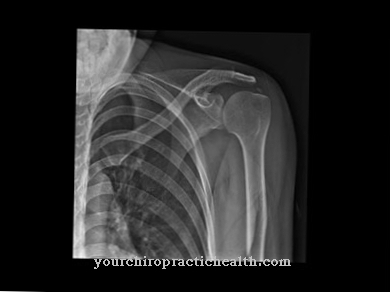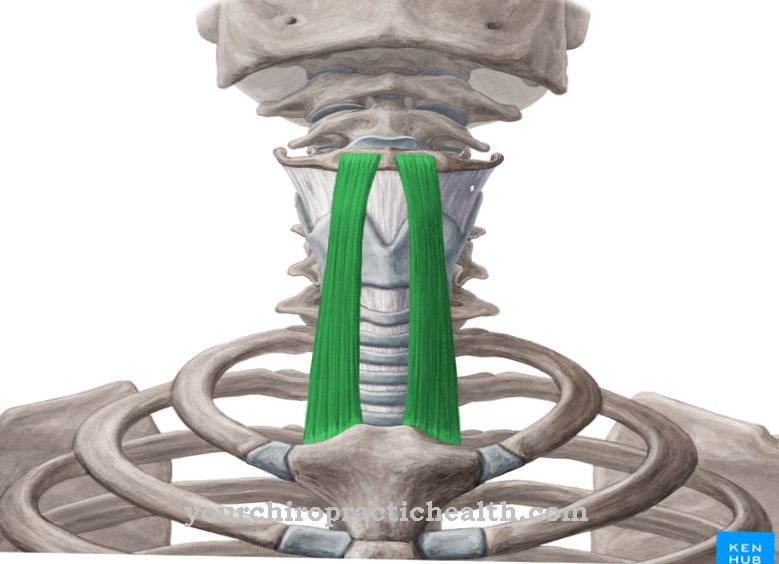At Ear candles are special candles for medical applications or for cleaning the ears. However, some doctors are skeptical about candle treatment.
What is the ear candle?

An ear candle is understood to be a special candle that is used for special applications. This can be for medical purposes, cleaning the ears or certain rituals.
Since the invention of the ear candles is ascribed to the Hopi Indian tribe, they are often also called Hopi candles. However, there is no evidence that the special candles were used by the Hopis or other Indian tribes. Representatives of the Hopis tribe even spoke out against the use of the name Hopi candle.
The ear candles have also been available in Germany since 1990.
Shapes, types & types
Ear candles are offered by different manufacturers and in different shapes. However, they have some things in common. They are hollow inside and reach a length of 20 to 30 centimeters. Some candles also have the shape of a funnel and widen towards the top. This candle shape bears the international name "Coning".
Typical components of the ear candles are beeswax, gauze, plant parts in powder form, cotton and essential oils. Some ingredients are not revealed by the manufacturers. The ear candles are suitable for both small and large ears.
Most candles have a thin sheet of aluminum at their lower end. Some providers also equip the ear candles with a safety filter. This prevents the ear from coming into contact with burning residues such as beeswax.
A variant of the ear candle is the body candle. In alternative medicine, it is considered a healing candle. It is also used in the wellness area. In contrast to the ear candle, the special candle can also be used on other parts of the body. It should develop relaxing and revitalizing effects.
Like the ear candle, harmful waste products are removed from the organism. For this purpose, the user places the body candle on the various reflex and chakra points.
Structure & functionality
Most ear candles are made from unbleached, rolled cotton fabric. The candle is also coated with high-quality honey extracts, aromatic essences and natural beeswax.
In the application, the lower end, where the safety filter is located, goes onto the ear canal of the ear. The candle is lit and, while it is burning, also partially loosens ear wax from the ear and absorbs it at the lower end.
A colored safety marking enables the user to recognize when to end the application. Modern safety filters also prevent wax from dripping on the ear.
An ear candle burns for between 10 and 12 minutes. They are put into operation by lighting with fire. However, since there is a risk of burns, the ear candles are not suitable for children. A self-application is also not recommended for safety reasons. A second person should always be present to carry out the treatment and ensure safety.
As part of the application, it is recommended to always treat both ears one behind the other. After the treatment, the user rests for another 15 to 30 minutes, which creates a better overall experience.
The resulting chimney effect is held responsible for the positive effect of the ear candles. When the candle is lit in the ear, there is a draft that is directed downwards. This creates a slight overpressure. After 50 percent of the ear candle has burned down, the draft then rises in the upper direction, which in turn leads to a pressure relief.
According to the manufacturer, there is a pleasant feeling of warmth during the treatment. In addition, the user perceives the pressure equalization in the ears, sinuses and forehead area as liberating. In the event of a blocked nose, there is the possibility of being able to breathe more freely afterwards. Finally, a feeling of security and happiness can also arise.
You can find your medication here
➔ Medicines for earache and inflammationMedical & health benefits
The manufacturers of the ear candles recommend their products for the treatment of various ailments. These include insomnia, hyperactivity, tinnitus, earaches, headaches, colds, and gentle wax removal. So far, however, there has been no scientifically proven evidence of the medical effectiveness of candles. For this reason, the treatment is rejected by conventional medicine.
However, ear, nose and throat doctors also warn of the risk of injuries to the ears and face. It is also possible for the ear canal to become blocked by the heated, dripping wax. Burns to the middle ear and earlobe are also considered to be other dangers. It is therefore particularly important to carry out the treatment carefully and only with certified candles.
In order to avoid accidents, doctors recommend always having a glass of water ready to put out when using the ear candle. In some cases, there are also allergic reactions to the ingredients of the candle. These can be herbs or essential oils.
Treatment should never be carried out in the case of fungal infections of the ear, injuries to the eardrum or purulent ear infections. The same goes for acute earache.
In recent years, numerous users of the ear candle treatment have had to undergo medical therapy because complications have occurred. This resulted in burns and occlusions of the ear due to dripping wax. In rare cases, perforations of the eardrum have even occurred.
For this reason, numerous ENT doctors consider ear candles to be a health hazard. In Germany, the recommendation applies to only select products when buying ear candles that are certified under EU Directive 93/42 / EEC.





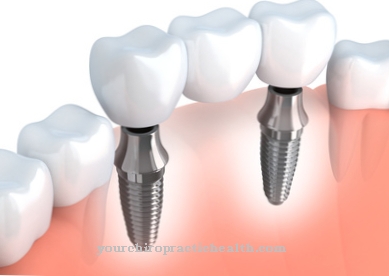


.jpg)





.jpg)

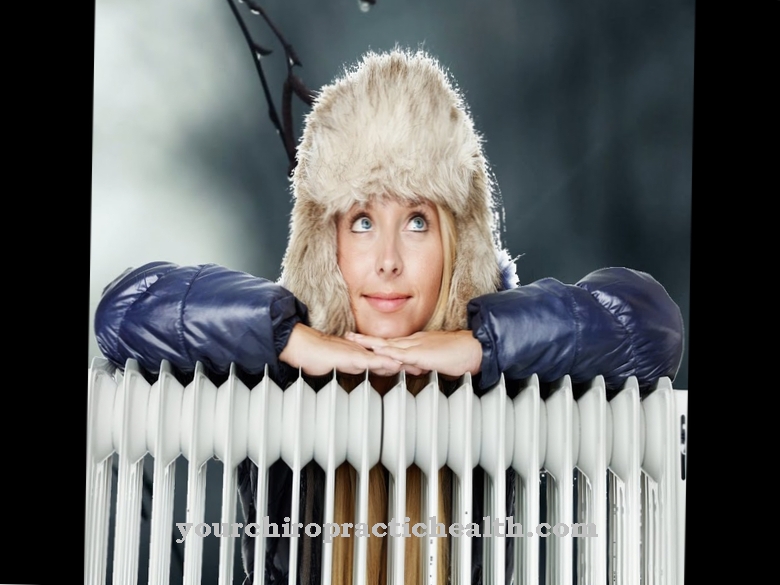
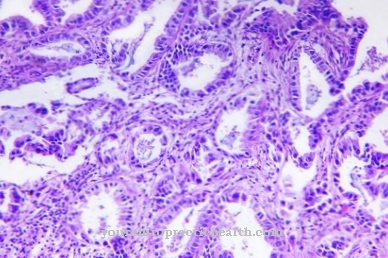



.jpg)

